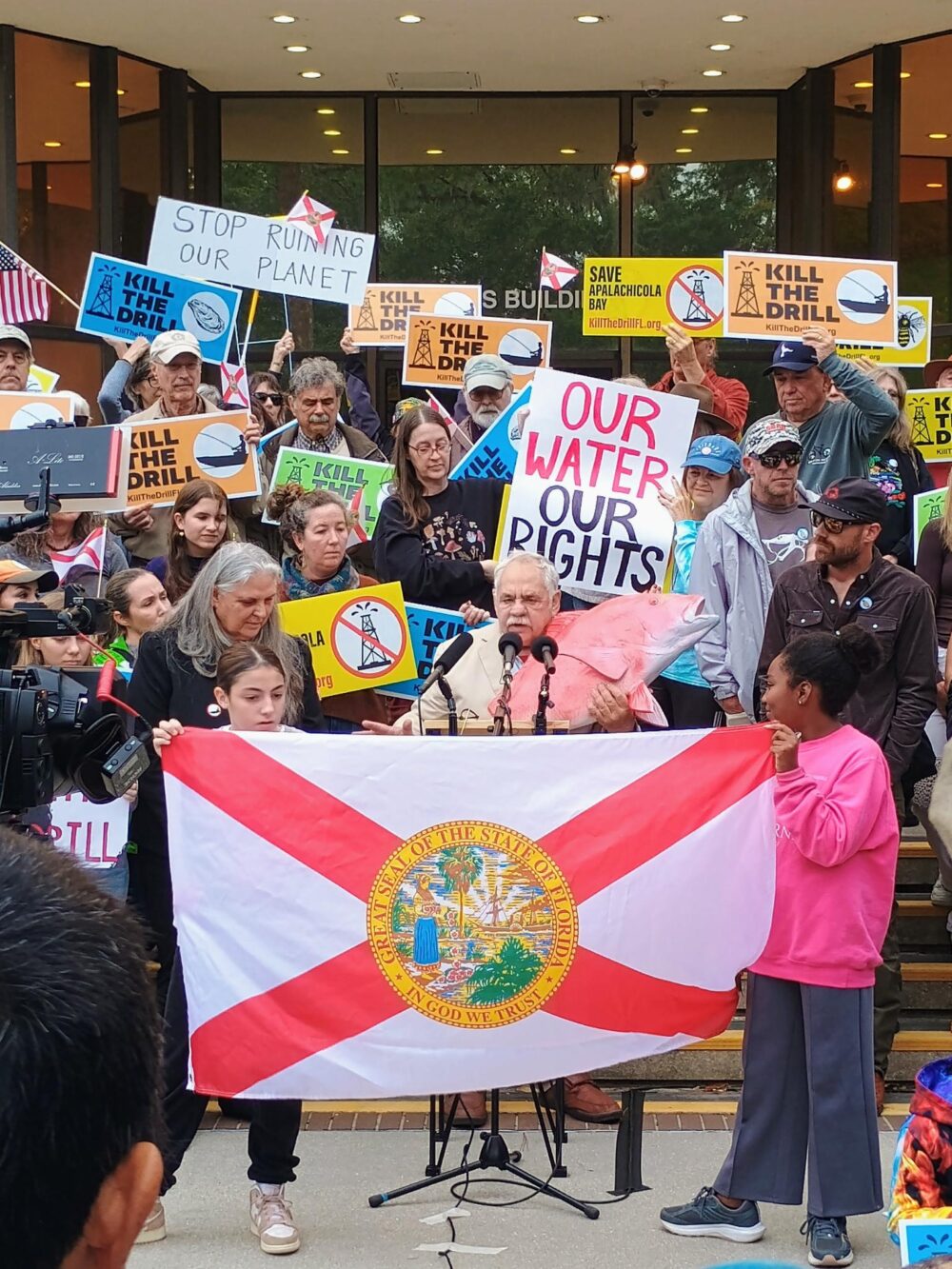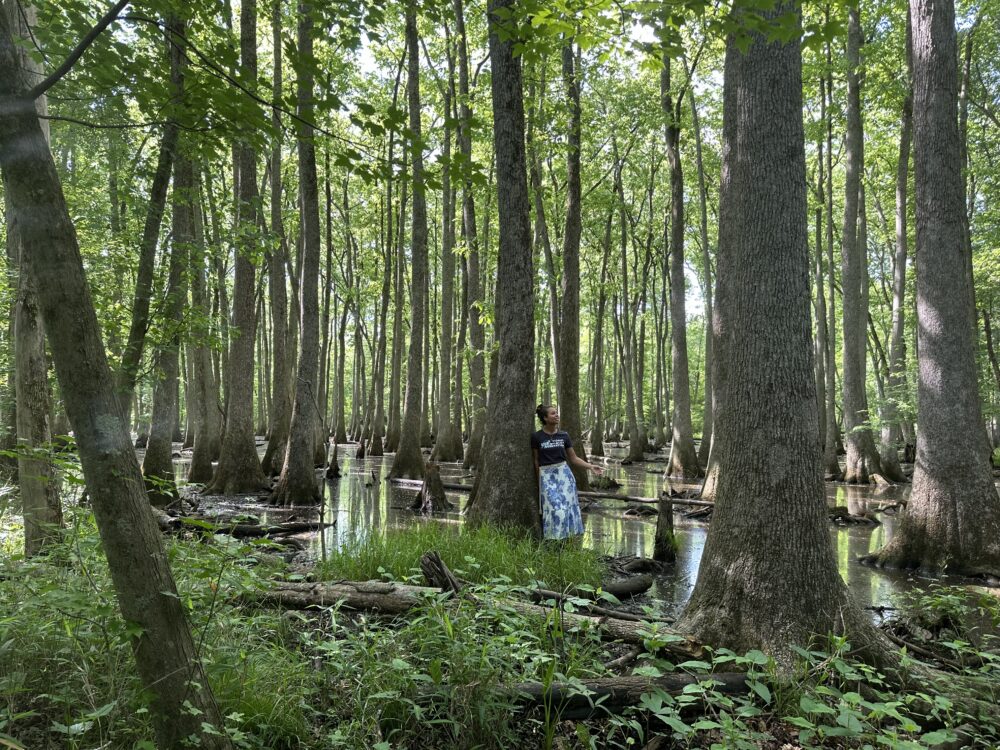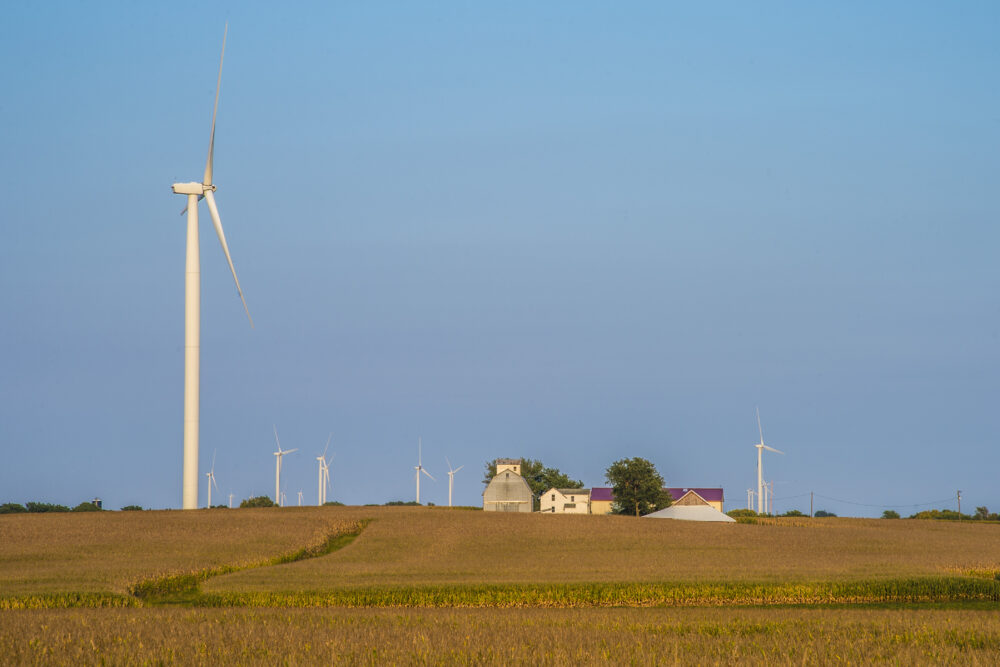We have much more to do and your continued support is needed now more than ever.
The Truth About Clean Energy
In an uncertain future, clean energy remains more reliable, affordable, and safer than fossil fuels.
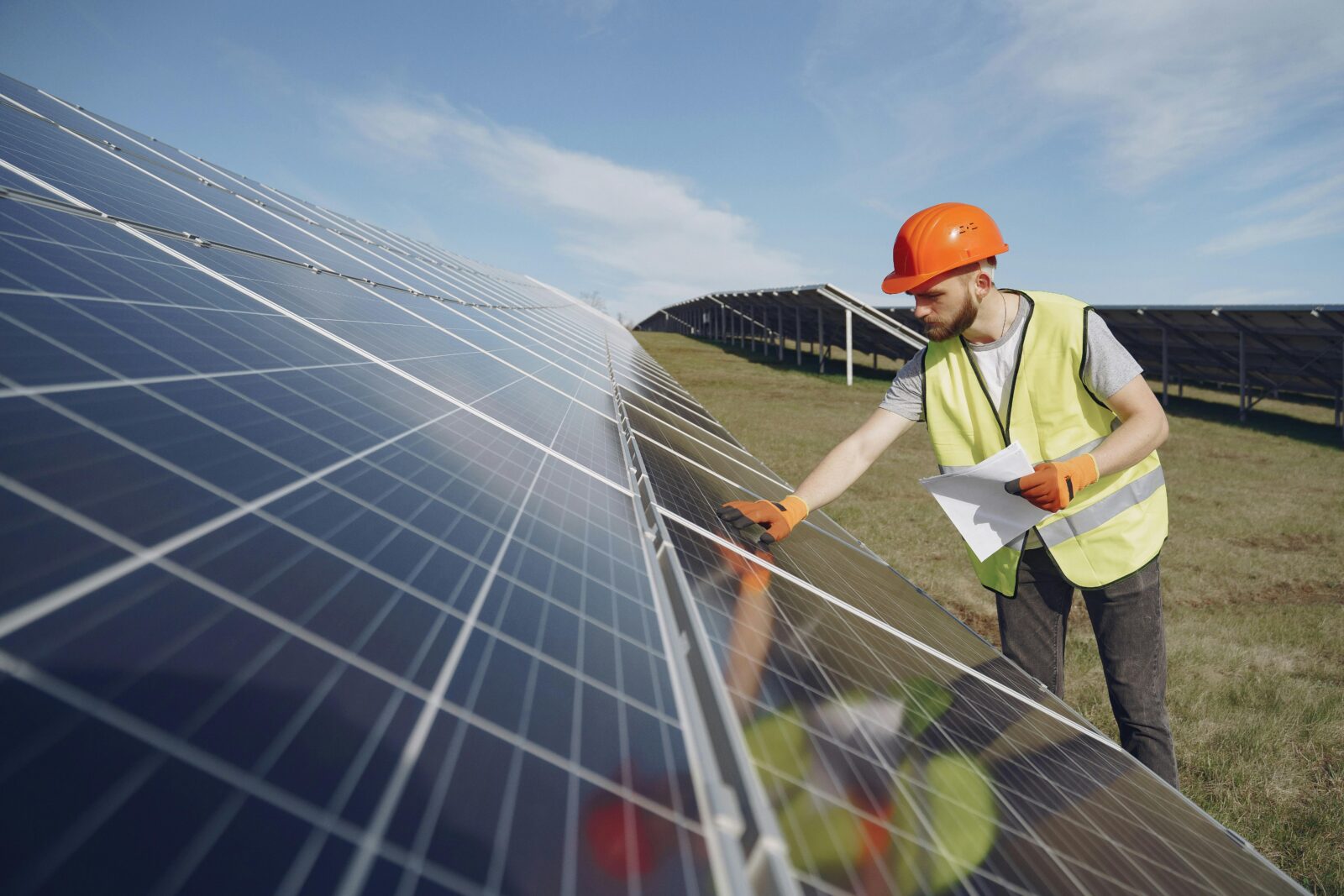
1. Renewable energy is reliable
Fossil fuels are the leading cause of energy grid blackouts. As the climate crisis worsens, America’s rising energy demand and increasingly frequent extreme weather events are leading to more energy grid blackouts. Some are quick to point the finger at renewable energy, however, renewable energy has actually become more reliable than traditional fossil fuel-based energy in recent years.
Take Winter Storm Elliott in 2022—where failing gas plants were responsible for 70 percent of its forced outages and coal was responsible for 16 percent, while wind production remained high during the storm. In places like New England, the winds blow strongest when temperatures are the coldest, and therefore, when the heating needs are greatest.
2. Investing in clean energy creates jobs and opportunities
The passage of the Inflation Reduction Act sparked a resurgence in U.S. manufacturing and production across the country. In just two years, the 2022 clean energy tax credits included in this legislation spurred $450 billion in private investments that created over 400,000 new jobs in the clean energy sector.
A good portion of these investments have been in rural areas—bringing over $56 billion in investment and 64,943 jobs to those communities across 32 states. These aren’t just numbers on a page, they represent additional income for landowners, tax revenue for local economies, and new career growth opportunities for families that work in manufacturing, construction, and operations.
3. Expanding renewable energy leads to cleaner air, water, and a safer climate across the country
The connection has never been more clear. Burning fossil fuels releases dangerous levels of greenhouse gases into the atmosphere and along with it, a combination of chemicals that form particulate matter. These particles cause respiratory illnesses, cardiovascular disease, premature death, aggravated asthma, and cancer. Air pollution also poses a significant threat to wildlife, impacting their health, reproduction, and survival, as well as the ecosystems they inhabit.
Unlike finite fossil fuels that are being depleted at a rapid rate, solar, wind, and next-generation geothermal are renewable resources that don’t emit greenhouse gases or other pollutants when operating.
That means no pollution seeping into our air and water or heating our planet. Even when comparing to the total life cycle of greenhouse gas emissions from fossil fuels including extraction, manufacturing, and construction, renewables still emit much less than fossil fuels. For example, from cradle to grave, coal-fired electricity releases 20 times more GHGs per kilowatt-hour than solar or wind.
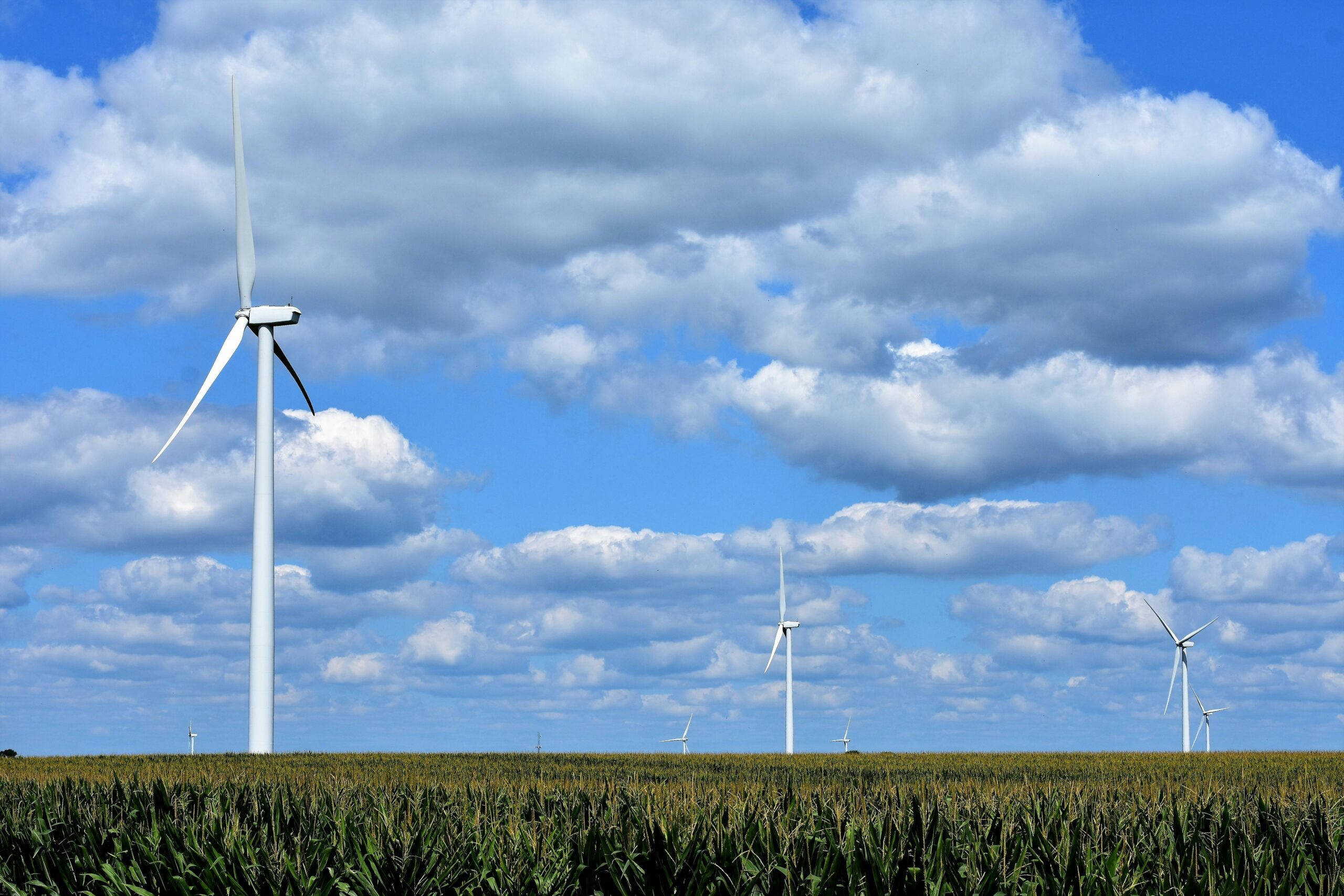
4. Expanding renewable energy will boost American prosperity, security, and independence
Investing in clean energy will make America’s energy system more secure and competitive in the global economy. The cost of wind and solar has already fallen over the past decade, making them the most affordable new electricity sources and good sources of state and local taxes, contributing roughly $1.4 billion every year.
Based on current trends, China is set to account for almost 60 percent of all renewables capacity worldwide over the next five years. The only way to maintain American leadership and outcompete other countries is to diversify our energy system—which includes the expansion of renewables and an updated energy grid that can support our demand.
The United States must secure our energy independence, protect our grid, and increase our domestic supply of reliable, affordable, carbon-free energy sources. We are currently too reliant on energy from overseas that is subject to global price fluctuations and geopolitics. Investing in clean energy manufacturing helps bring supply chains back to the U.S. and grow quality, American jobs.

5. Fossil fuels are expensive
Artificially low prices of oil and gas are dependent on heavy subsidies from the American taxpayers. Although subsidies can reduce the cost of living and cost of oil and gas in the short term, the government may need to raise taxes, acquire more debt, and reduce spending on other public services in order to give those subsidies to corporations.
The reality is that the American people pay for fossil fuel subsidies, $750 billion in 2022 alone. So are they really making things more affordable? Not when you also take into account the health issues caused by air pollution or the economic losses of air pollution—$790 billion per year or around five percent of GDP.
6. Clean energy helps people and wildlife
Renewable energy offers an unmatched opportunity to help meet the challenge of climate change by reducing fossil fuel side effects: carbon dioxide emissions. Through responsible siting, advanced mitigation measures, and ongoing environmental monitoring, we can ensure that renewable energy sources support clean energy goals while protecting wildlife and local ecosystems.
By responsibly developing renewable energy, we can both protect habitats and address climate change by advocating for avoidance and risk reduction measures like limiting activities during peak wildlife migration times, using innovative technology, and thorough environmental review of possible siting and development impacts.
Strong community engagement and benefits agreements help ensure that renewable energy projects bring lasting shared economic and infrastructure improvements to the places where they are built.











